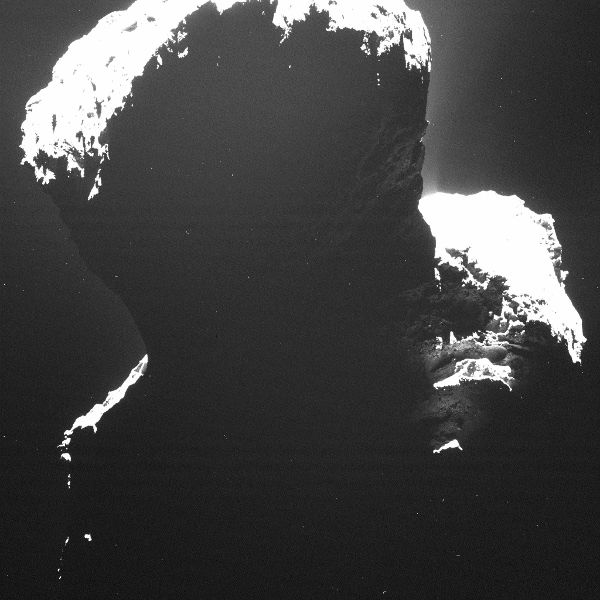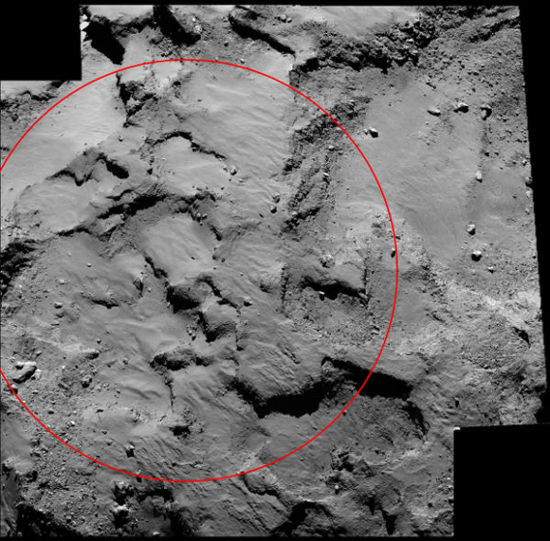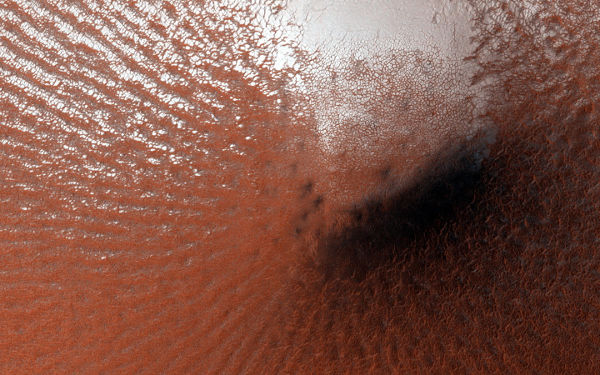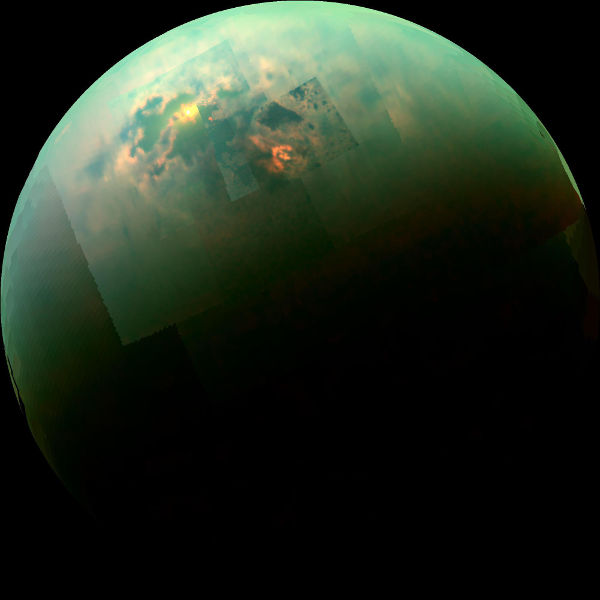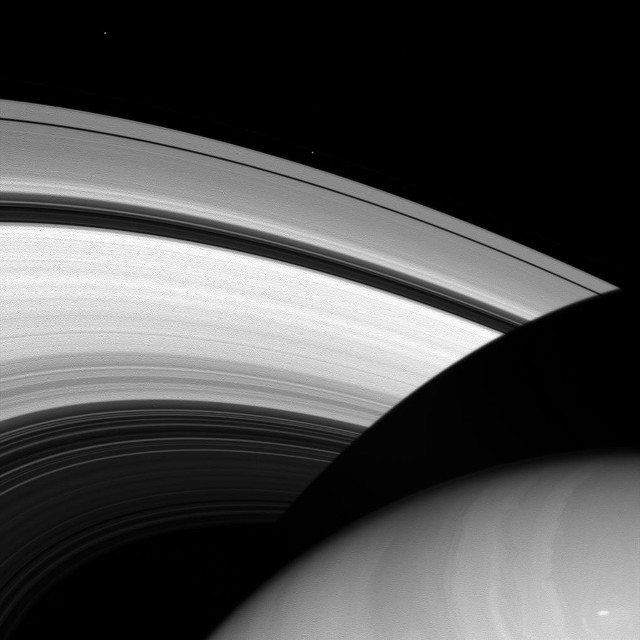
The Cassini orbiter continues to provide some amazing pictures of the giant planet Saturn, its rings and many moons. In this instance it used its wide-angle camera from a distance of 897,000 kilometers from Saturn to capture part of the planet along with its baffling rings. Also (barely) seen in this image are two of Saturn’s tiny icy brotherly moons Prometheus (just above the A ring) and Epimetheus (further way, top left in the image).
